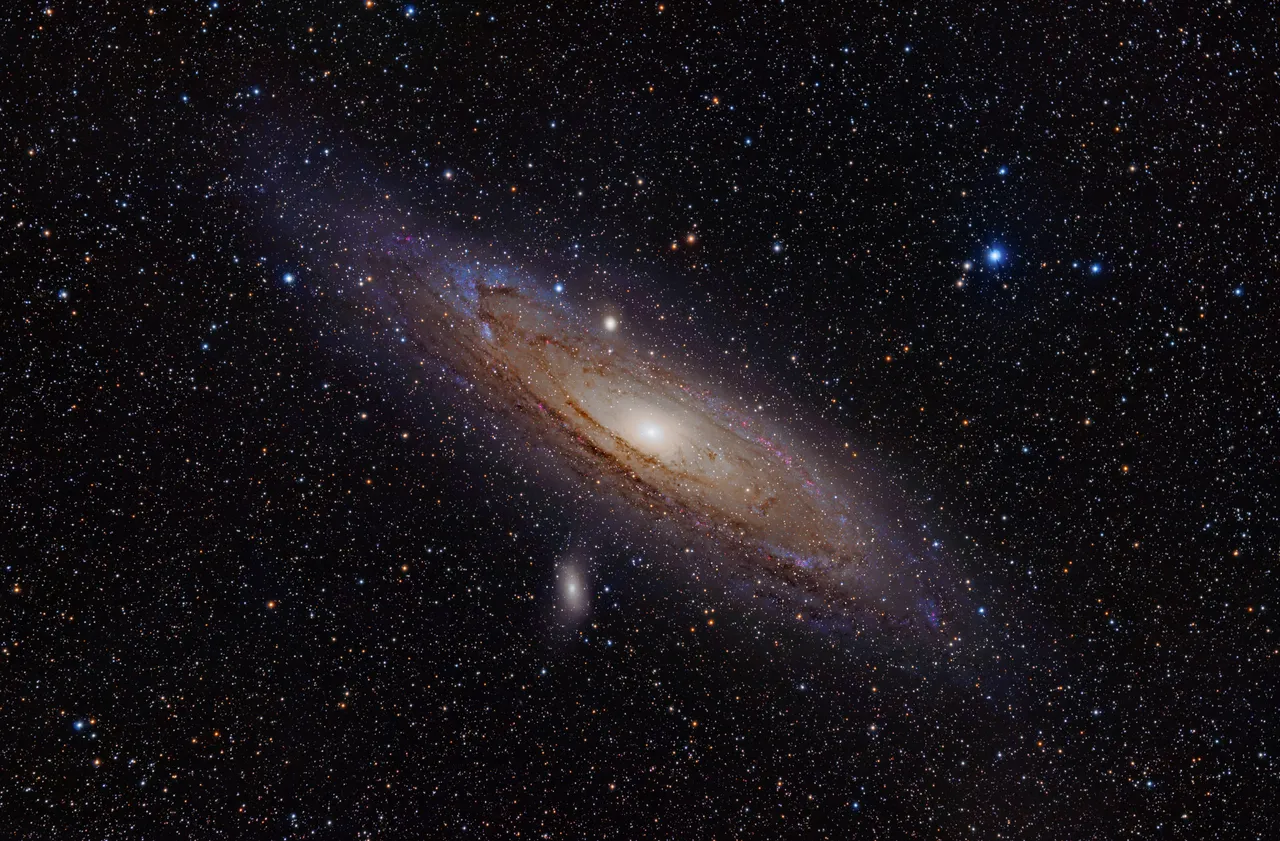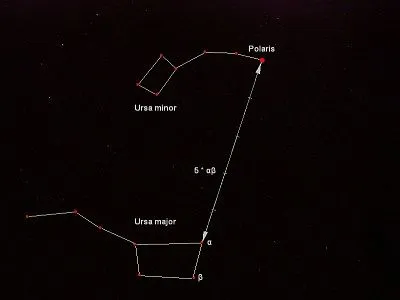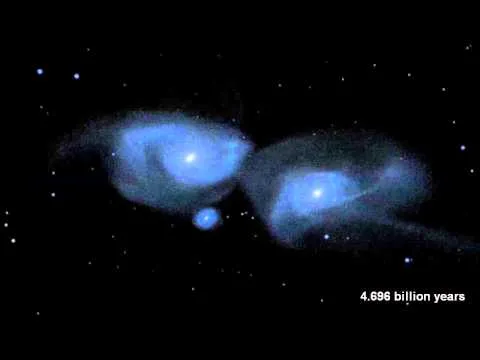This post is dedicated to one of the first steemians I stumbled upon in steemit chat and her name immediately caught my attention - @m31.

On this photo we can see Andromeda galaxy, which is also known as M31 (Messier's obect 31), and NGC 224. It is the closest galaxy to our own galaxy Milky Way, and represent the most distant object in the sky that can be seen with naked eye.
Andromeda is a spiral galaxy classified as a SA(s)b in the Hubble tuning fork. Distance to this beautiful galaxy from Earth is approximately 2.5 million lightyears (780 kiloparsecs). It contains one trillion stars, which is more than twice the number of the Milky Way (estimated to 300-400 billion). With the diameter of 220 000 light years it is the second largest galaxy in our local group, which is home to 127 galaxies.
If you want to see Andromeda galaxy from the northern hemisphere, the best time to observe it is from mid summer to spring. One of the easiest way to find it is using Ursa Minor, Cassiopeia and Pegasus constellations.
Start with Ursa Major, using it to find Ursa minor and Polaris (left photo). From polaris follow the arrow to Cassiopeia (constellation with W shape), if you keep going you will see small hazy speck..
 |  |
It is All beautiful things are dangerous, Andromeda galaxy is no exception, it will collide with the Milky Way in 4.5 billion years, in this spectacular event most likely these two galaxies will merge, forming an elliptical galaxy. Below you can see the simulation made by VideosFromSpace using data from the Hubble Space Telescope.
